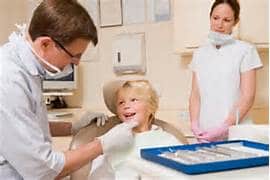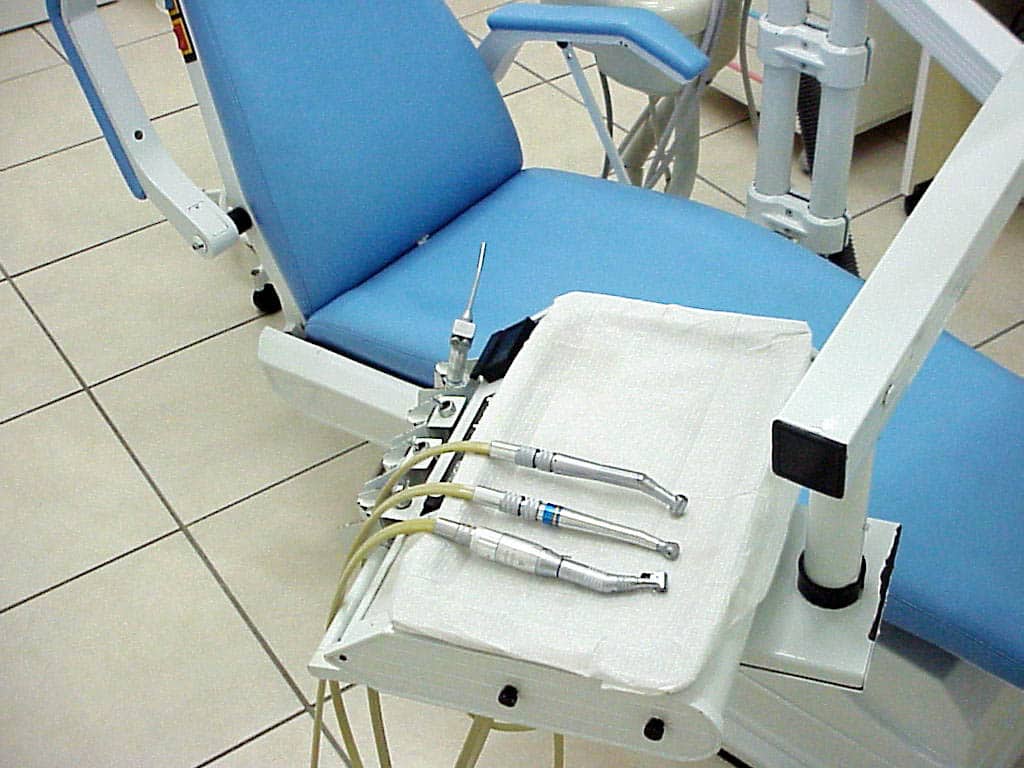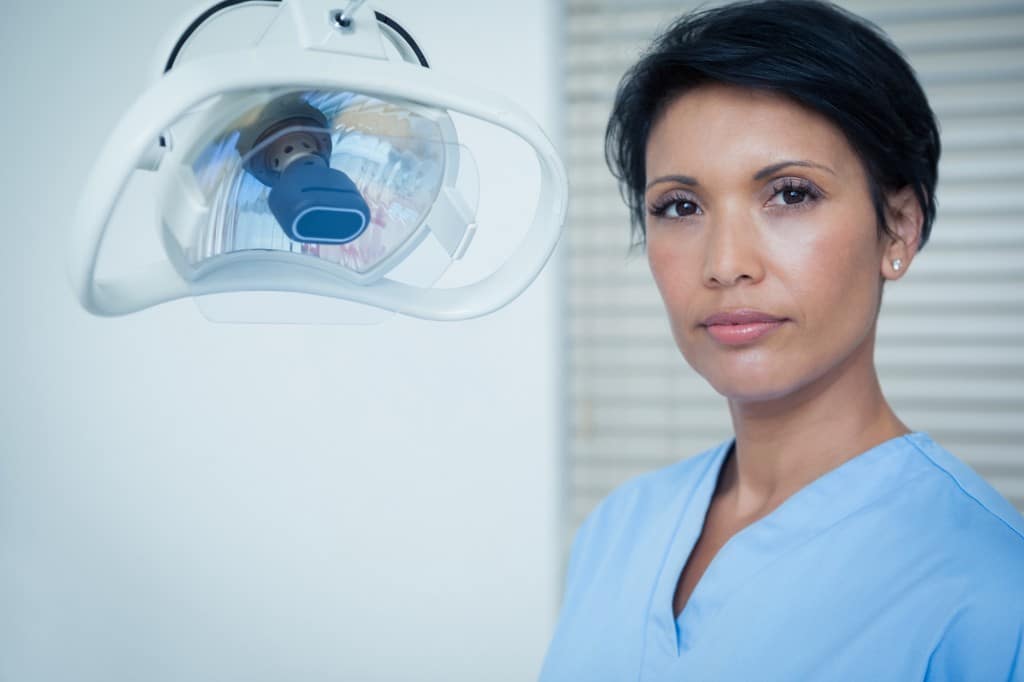Case Study:
Dr. Jones states: “We work through lunch on a regular basis. My schedule is crazy and my patients are kept waiting much too long. I’m constantly putting out fires, doing operative work and hygiene exams (in two rooms) at the same time. I am always under the gun and am afraid I’m not giving my patients the attention they need.”
Dr. Jones’ Practice Statistics:
- Has 1150 active patients
- Hours: 9-5, Monday – Thursday. Lunch from 1:00 to 2:00
- Averages 15 new patients per month
- Patients scheduled 3 weeks out for operative dentistry.
- There are no openings for a New Patient for 4 weeks.
- Practicing general dentistry for 18 years.
- Has very little staff turnover with most staff members having been in his office for more than 8 years.
Dr. Jones is considering bringing in an Associate. He feels overbooked, overworked and afraid his practice may suffer from the amount of stress he is experiencing. He believes an Associate will reduce his work load and improve service to his patients. He is concerned however, that bringing in Associate will “upset the apple cart.” He enjoys a good relationship with his team and doesn’t want that to change. He is not interested in working fewer hours at this time.
Dr. Jones may have other options. Let’s take a better look at his practice and see what they may be…
Observation: Schedule – It is evident Dr. Jones does not perform quadrant dentistry on a regular basis. His schedule is full of one hour appointments for a single 1- or 2-surface filling. Recommendation – Do dentistry by the quadrant whenever possible. Longer appointments are more productive and are kinder to the patient as they reduce the number of trips he/she has to make to your office. They reduce overhead with less chair turnover time and fewer disposables. Longer appointments are also less stressful for doctor and team. Your schedule coordinator may need guidance to change these habits.
Observation: Adult Orthodontics – Dr. Jones performs some adult orthodontics. His schedule has 2 hours booked for collecting records such as impressions, pictures and a panoramic radiograph. Recommendation – There should be no more than 90 minutes scheduled for this appointment. He has an assistant who is certified for expanded duties. This appointment should take only 30 minutes of the doctor’s time. Assistants should be trained to take pictures, radiographs and impressions.
Observation: Hygiene – Every adult recall patient is scheduled for 70 minutes. He has hygienists with more than a decade of experience. Recommendation – An adult recall appointment, with prophylaxis, an oral cancer exam, radiographs and doctor’s exam should be scheduled for no more than an hour. Fifty minutes is adequate for most patients. Hygienists should be allowed to customize their schedules. For more incentive see the following formula: Example only (If a hygienist sees patients 7 hours per day and sees one patient per hour, works 4 days a week and 48 weeks a year, she will see 1,344 patients in that year. Conversely, if she sees patients 7 hours per day and sees one patient every 50 minutes, works 4 days per week and 48 weeks a year. She will see 1,610 patients (or 266 more) in a year). If she averages $125 per patient (a conservative number) you have added $33,250 to your hygiene production for the year. In addition you have served 266 more patients.
Hygiene exams: The hygienists should notify the doctor when radiographs are ready to be read. This will allow the doctor to perform the exam at any time during the appointment and will help keep everyone on time. Waiting until the end of a prophy is not the most efficient use of doctor time, hygienist time or patient time as often the latter two are left with nothing to do while waiting on the doctor.
Observation: Morning Huddles and Team Meetings -There is very little communication among the doctor and team regarding patients. In addition, team members have no idea of how the practice is doing. Recommendation – Begin every morning with a short 10 to 15 minute meeting. Review the schedule for the day and discuss any patient concerns, incomplete treatment plans, openings in schedules etc. If team members are not aware of office concerns, they cannot assist in resolving them. Hold a 2-hour staff meeting on a regular basis. For a staff of more than 5 people, I recommend monthly meetings. If you have a staff of 5 or less, a full team meeting every other month may suffice if you have morning meetings. If not, or if your office is in a state of crisis, I recommend monthly, full team meetings. During a regular team meeting items of discussion should be production and collections, overhead statistics (supplies and lab fees) and suggestions for improving patient care and office efficiency. Staff members feel more involved if they are made aware of how the practice is doing. This is a great time to thank them for all they do.
Observation: Lack of Production and Collection Goals – For the doctor, every month is like riding a roller coaster. Some months they produce $50,000 and collect $65,000, and others they produce $70,000, collect $50,000 and see fewer patients. Recommendation – A monthly Production and Collection Goal must be established. This goal should be based on overhead. A graph, posted in the staff lounge area and updated daily, is a great tool to make staff members aware of how the month is progressing. Collections should average 98% or above.
Observation: New Patients – The practice averages 15 new patients per month. However there are no openings for a new patient for 4 weeks. Recommendation – New patients must be scheduled within two weeks for good patient service. Keep a list of any new patients who would like an earlier appointment. Call them for an earlier appointment when you have a change in your schedule. Practices that schedule the new patient for what they request have a higher rate of new patient retention than those who schedule according to ‘practice policy.’
Answer to Doctor Jones’ Question: No, you do not need an associate at this time. What you need is efficiency and to include your staff in the “business” part of your practice. If you will do this and follow the other recommendations made, you can continue to work as a solo practitioner until you are truly ready to bring in an associate.







